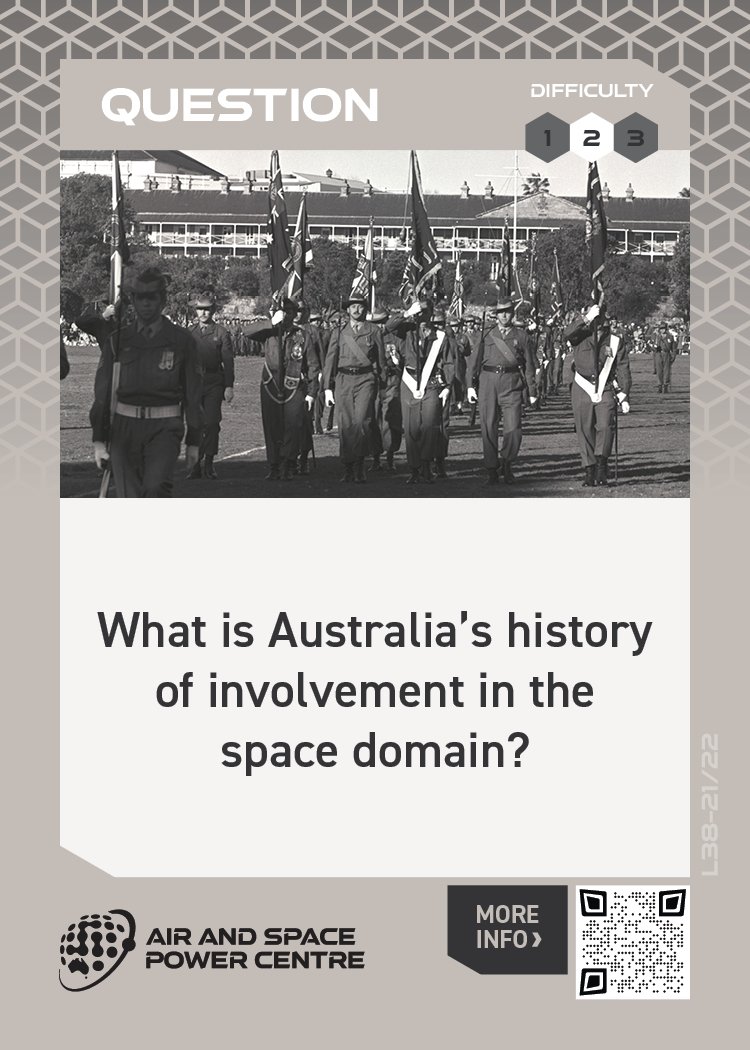
Overview
What is Australia's history of involvement in the space domain?
In 1967, the Weapons Research Establishment Satellite (WRESAT) was the first Australian-made satellite to be launched into space, using the rocket launch facility at Woomera, South Australia. Australia became the fourth nation to launch a spacecraft into orbit, behind Russia, USA, and Canada, and the third to launch from its own soil. WRESAT was inserted into a low-earth orbit and operated for 14 days, so limited by battery life, on a mission to support upper atmospheric research. After 42 days in orbit, it completed over 630 orbits before re-entering the Earth’s atmosphere.
Australia’s domestic space policy changed direction in the 1970s. Australia has relied mainly on overseas providers for procuring payloads and launch services. Presently, Australia is responsible for 21 resident orbital space objects listed in the space catalogue and shown at table 1. Maintaining awareness of these objects, as well as others we rely upon for national security and prosperity, and their environment (including hostile systems), are important determinants for ADF capability needs for space situational awareness, assured space access and space security. 3. Australia’s space infrastructure depends heavily on services owned and delivered by domestic and international commercial providers, and US military systems and cooperative arrangements. Australian space related capabilities depend on a range of international collaborations and by purchasing products and services in the domestic and global market place.